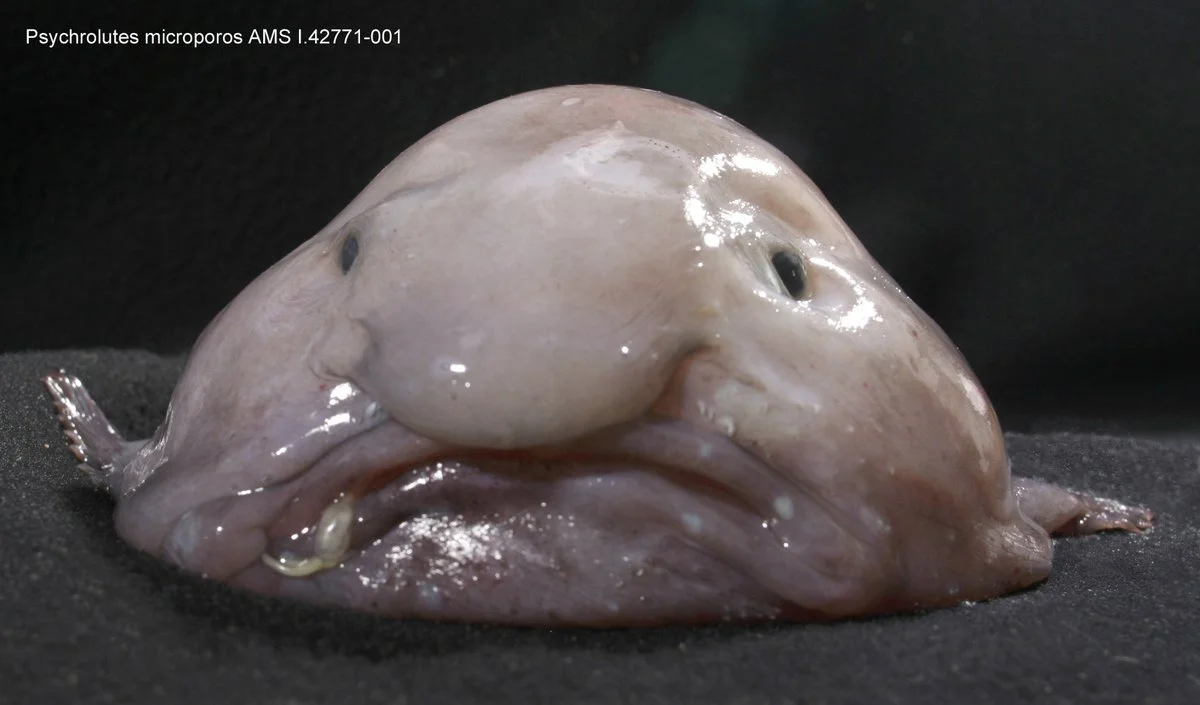Tiny Fish Makes a Giant Noise
Researchers at the Einstein Center for Neuroscience in Berlin noticed a strange clicking sound coming from the aquariums where they kept tiny fish from Myanmar, Danionella cerebrum. Their investigation revealed a very loud noise coming from a very small fish.
At less than a half-inch long, the Myanmar fish has the smallest brain of any vertebrate. Yet, the species of fish is a favorite of brain scientists because it is small, reproduces fast, and is basically transparent throughout its entire life cycle.
The neuroscientists must have been pleased to deploy some of their fanciest tech to investigate the noise. “Using a combination of high-speed video, micro-computed tomography (micro-CT), RNA profiling, and finite difference simulations,” the authors write, “we found that D. cerebrum employ a unique sound production mechanism that involves a drumming cartilage, a specialized rib, and a dedicated muscle adapted for low fatigue.”
So these specialized ribs are thumping against the surface of the fish’s swim bladder, and the muscle that motors the drumbeat has a greater endurance than any other muscle in the fish’s body. Boom! Clocking in at about 140 decibels, and it just keeps going.
If an organism could produce a noise like that on dry land – with the sound waves traveling through air rather than water – it would be ear-splitting. Anything between 110 and 120 decibels is considered unsafe for human hearing, and the Myanmar fish is blasting away at 140: right up there with thunderclaps, jackhammers, chainsaws, and gunshot.
It’s still a mystery why this little guy produces such a big sound. It’s only the males who bang their drums loudly, so it’s assumed to be either a mating call or a message to other males. A few other marine creatures – the pistol shrimp and the midshipman fish, for example – can also make a racket, though none are as small as the Myanmar fish.
The study is published in Proceedings of the National Academy of Sciences.
Photo credit: Ralf Britz / Senckenberg Naturhistorische Sammlungen Dresden







